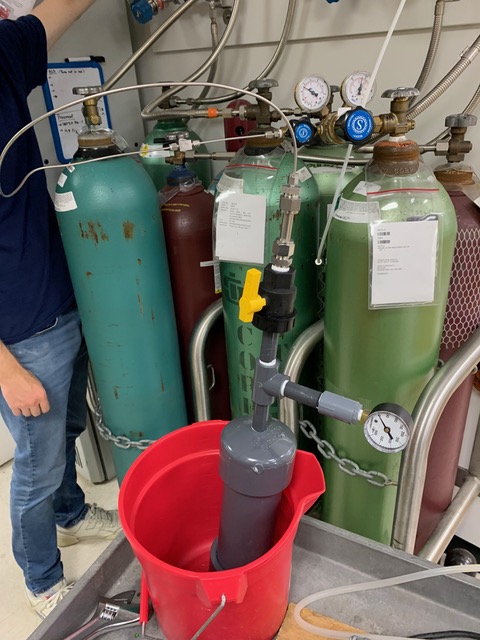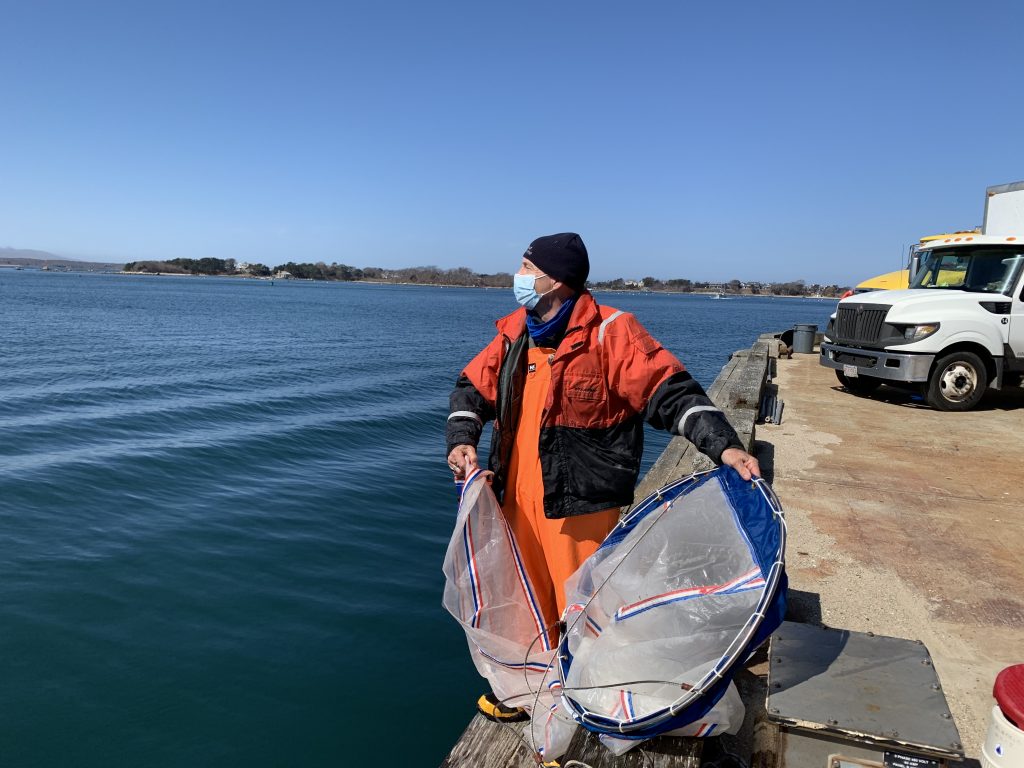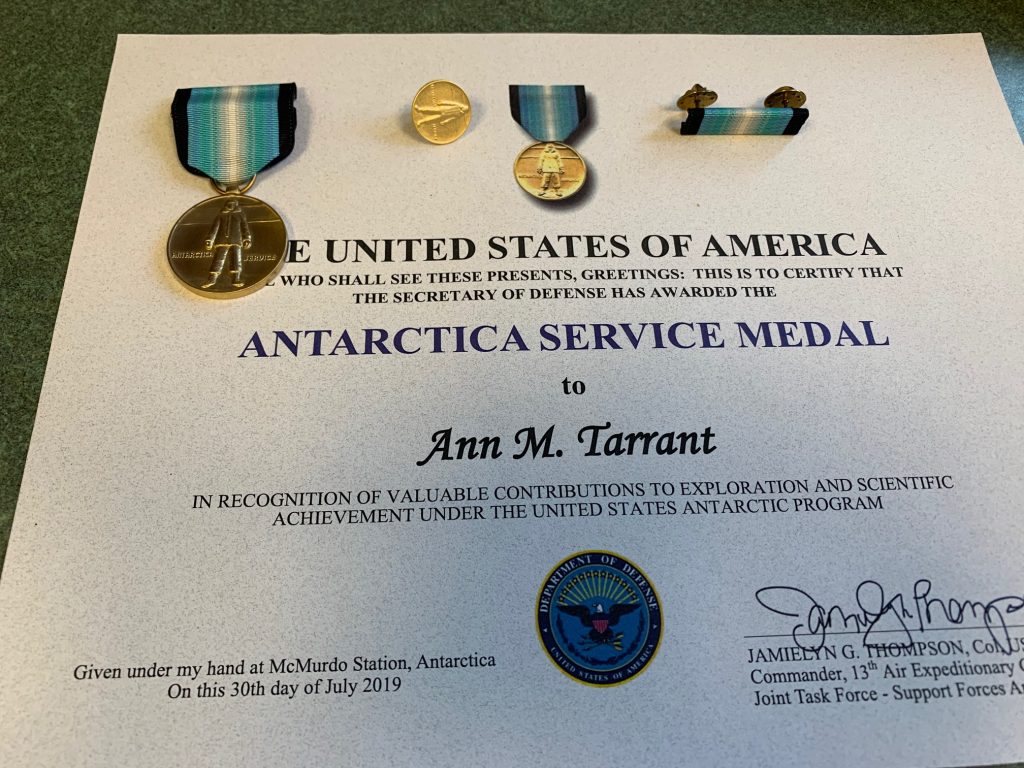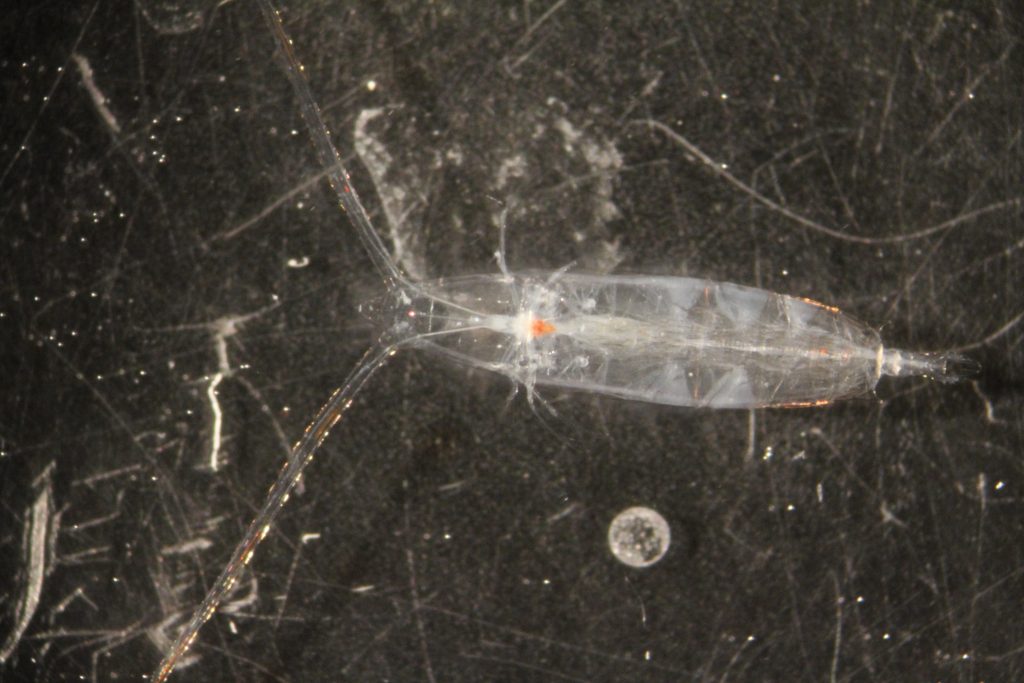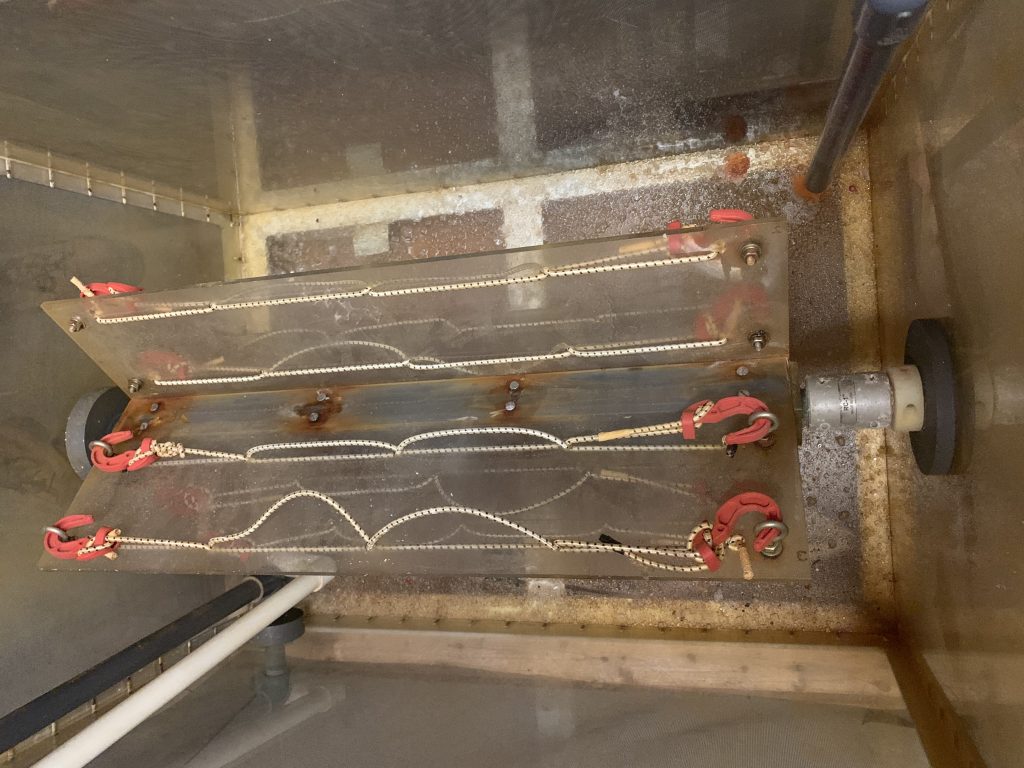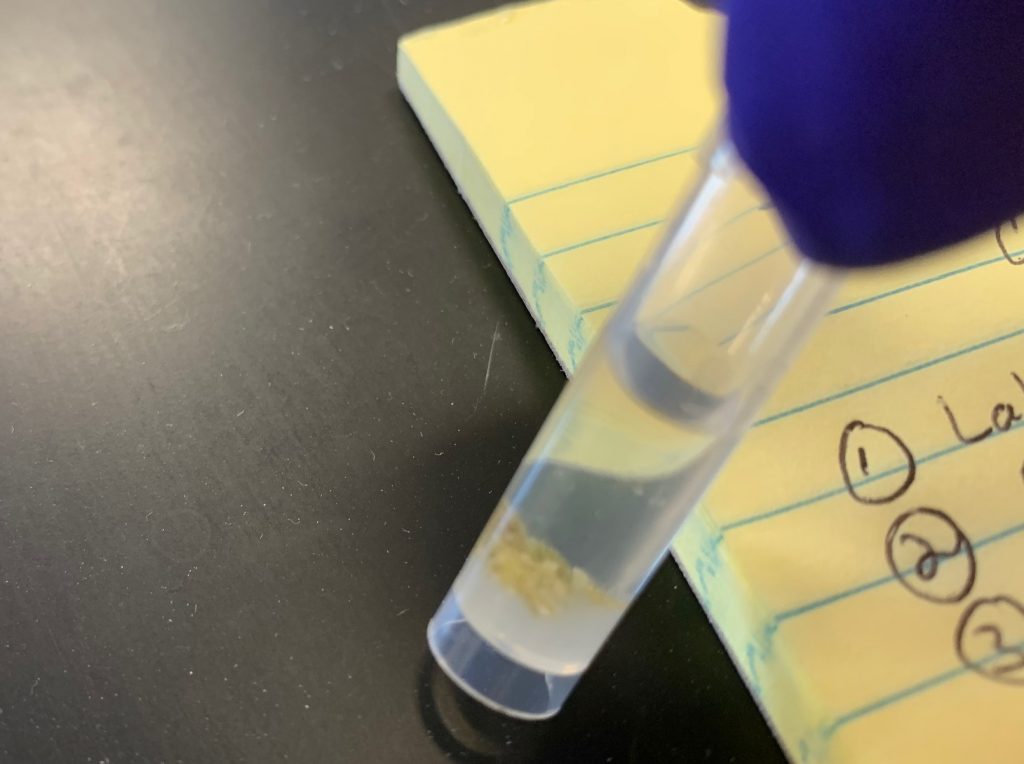Uncategorized
Under Pressure
At risk of jinxing myself (and perhaps dating myself with an A-Team reference), “I love it when a plan comes together!” For years I’ve been trying to understand the nuts and bolts of copepod dormancy. Calanus finmarchicus and some other copepods are very abundant planktonic animals that are an important source of food for fishes,…
Read MoreNeighborhood watch (plankton style)
I’ve been snooping around in our zooplankton “neighborhood.” I’m really interested in how planktonic animals use dormancy to adapt to variable environments. Some copepods, like Acartia tonsa modify their reproductive strategy depending on environmental conditions. Acartia moms can either produce eggs that are ready to hatch, or they can produce dormant eggs. This decision is…
Read MoreA Lovely Surprise
I almost never get interesting mail at work. It’s 99% bills, credit card statements and junky catalogs. With the Covid-19 pandemic ongoing, I am grateful for the hours I’m able to spend in the lab, but sometimes it seems a little grim. This week, I found a large nondescript envelope waiting for me. I had…
Read MoreRhincalanus resources
(Featured image on main blog page: Rhincalanus gigas, by Miram Gleiber) We recently produced of a high-quality transcriptome for the Antarctic copepod Rhincalanus gigas and described changes in gene expression during the transition between the last juvenile stage and adult female stage. The work is available here: Berger CA, Steinberg DK, Copley NJ, and Tarrant…
Read MoreWhy should we care about contaminated copepods?
The short answer: Copepods are a critical link in marine food webs, and oil exposure may affect their overwintering success and the timing of their emergence. If these effects are severe, there might not be enough copepods around in the spring for the fish to eat. For a more detailed answer, check out this beautiful…
Read MoreThe wheel is a-turning!
This week I got another chance to dive into the Biology Department warehouse. I’m working on a proposal that would include controlled feeding experiments with copepods. To get accurate andconsistent measurements, it’s important to make sure all the food particles don’t sink to the bottom of the experimental containers. This can be done by slowly…
Read MoreBack at the Bench!!
The featured image above (when viewed from the blog’s main page) shows a tube with glass beads and homogenized coral tissue. Little bits of coral tissue were added to the tube along with glass beads and a homogenization solution. The tube is mechanically shaken, and the glass beads smash up the tissue, releasing the RNA…
Read MoreWhy I review lots of papers
Peer review is often held up as a “gold standard” for assessing the quality and rigor of scientific publications. Topical experts are asked to scrutinize the work, assess its suitability for publication, and make recommendations for improvement. Two things are a little weird about the process: (1) the reviewers are almost always doing this work…
Read MoreHow sea butterflies weather the seasons
I’m posting to highlight our recent publication: Maas AE, Lawson G, Wang ZA, Bergan A, Tarrant AM (2020). Seasonal variation in physiology and shell condition of the pteropod Limacina retroversa in the Gulf of Maine relative to life cycle and carbonate chemistry. Progress in Oceanography 186: 102371. https://doi.org/10.1016/j.pocean.2020.102371 (*If you don’t have access and want…
Read MoreScience in a Time of Crisis…Part 2
It’s still a weird time. Massachusetts is slowly re-opening in the midst of a lot of uncertainty. Here at WHOI, our facilities are still closed, except for a few essential functions. I’ve been briefly coming into the lab twice a week to maintain my Nematostella colony. After I finished one of these recent visits, I…
Read More